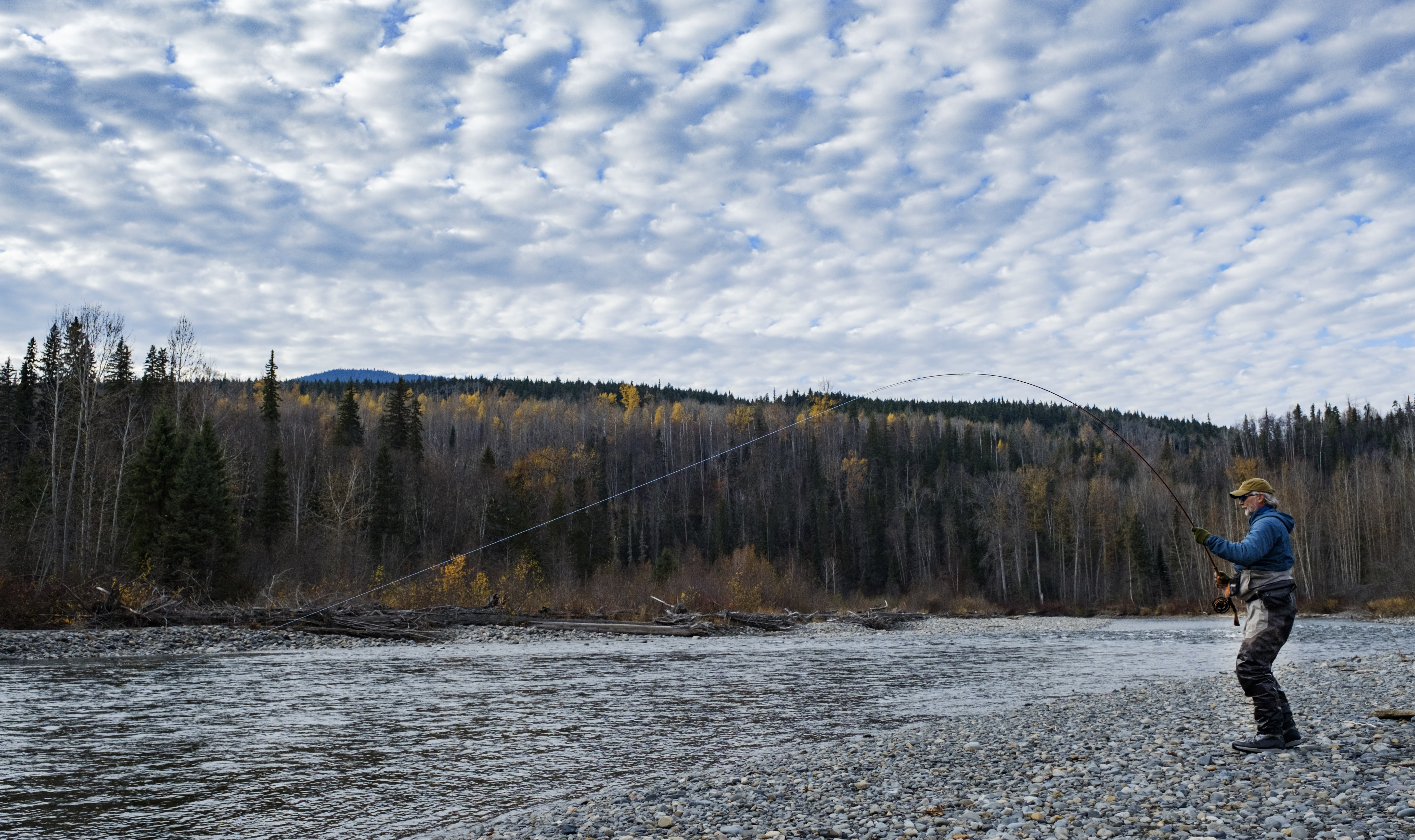
Lots of new fly patterns are created every single day, year round. 95% of them are old proven patterns which are just being modified and then marketed as “the one and only that will empty all waters and make you the most successful angler out there”… “All you have to do is to add this new modified fly to the end of your line and ta da – like magic – you will catch fish like never before”.
There is no doubt that tying flies is a great sport in itself, great entertainment and, for many, a positive addiction. However, fly tying is also a business where a demand is created for a reason.
For some fly tiers, it is all about seeing how many different and special materials they can incorporate into a new pattern, and again how many different colors they can make this pattern in. As a practical fly fisherman, I only see that this is done to create sales and confusion, and really doesn’t have anything to do with increasing your chances on the water on any given day.
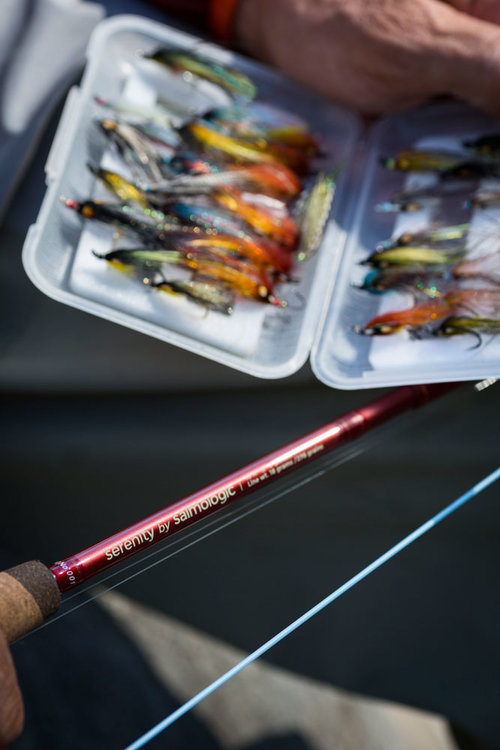
Just to be clear, I’m not trying to be offensive to fly tiers. I respect them very much for their innovations, ideas and creations. However, I strongly believe that fly tying is a sport, which in many cases has nothing to do with making you a more effective fly fisher. As a fly fisherman, you need flies of course, but in my point of view, you need very few flies, but you need to know exactly how these flies should be fished. Fly fishing flies are actually very different from the beautiful creations professional fly tiers make these days. As a fly fisherman, it is really not a big deal if the colors on your fly are a bit pale or faded – or if the hair used in the fly wasn’t picked from a spring goat on the north side of Mongolia just before the first full moon in November…
No, for fly fishermen it is generally very simple. I am sometimes tempted to say that as long as it is black and moves perfectly in the water, the rest is pretty much up to the one holding the handle. However, the important thing is that the fly fisherman believes 100% in the fly he uses and it gives him no doubt. If so, it can bring him into a state of mind where he is 100% focused and all his attention is on the fishing. In other words, he will “be the fly” – searching the water, trying to trick that one fish willing and ready to bite. In my point of view, this will remove all doubt and make him concentrate on fishing the fly efficiently.
In my opinion, to become a successful fly fisherman you must have faith in your fly, but more importantly you have to practice your cast until you can present your fly on many different distances and in many different water levels. However, never farther away from you than you can present it well and actually control it. Most of all, “work it and feel it swim or drift” – this is what I believe true fly fishing has always been about since it was introduced to us.
During my time as a fly fisherman, I have pretty much always fished with the same type of flies/patterns. I have always been relatively “lucky” to get fish, even on difficult days, no matter where I was fishing. I think one of the main reasons for this is that I place more importance on how the line and the leader are placed on and in the water – and how the fly is presented. I also evaluate how the pattern in different sizes I am using should be fished under various conditions, such as different water levels and shifting lights, etc.
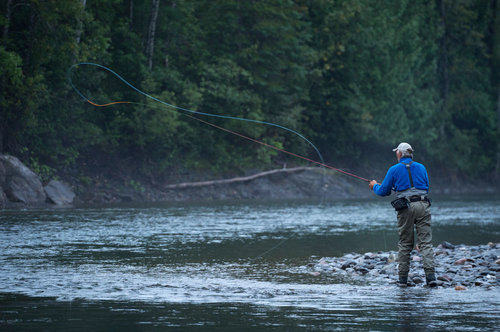 When I see the profiles of my flies in the water, I believe in them and I have learned how to fish them, which transforms my mind into a state where I become the fly seeking the fish – not just the fly caster sending the fly out over the water, hoping for something to bite it.
When I see the profiles of my flies in the water, I believe in them and I have learned how to fish them, which transforms my mind into a state where I become the fly seeking the fish – not just the fly caster sending the fly out over the water, hoping for something to bite it.
In the future, I will add some of my most successful fly patterns here to give you an idea of what I fish with and have always fished with. These patterns have proven themselves to me again and again over many years. These are flies that have never caused me any doubt and flies that I would never take off once first tied on.
Tight lines,
Henrik Mortensen
salmologic flies

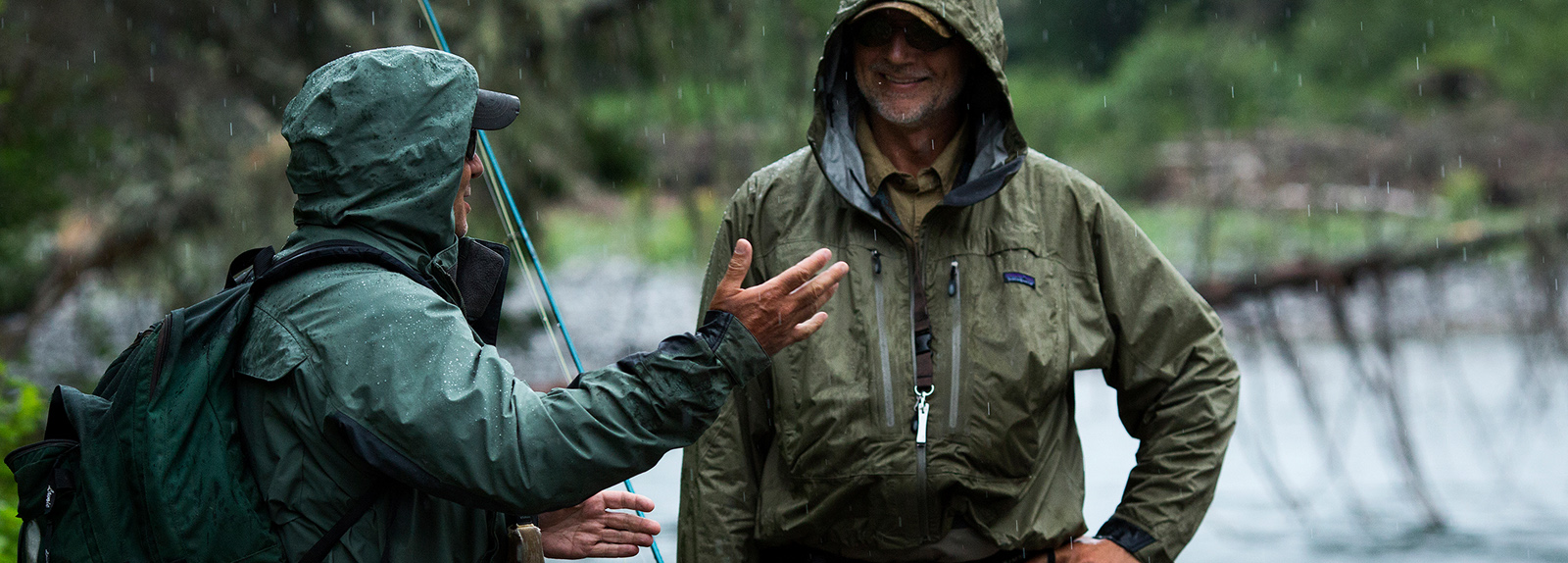
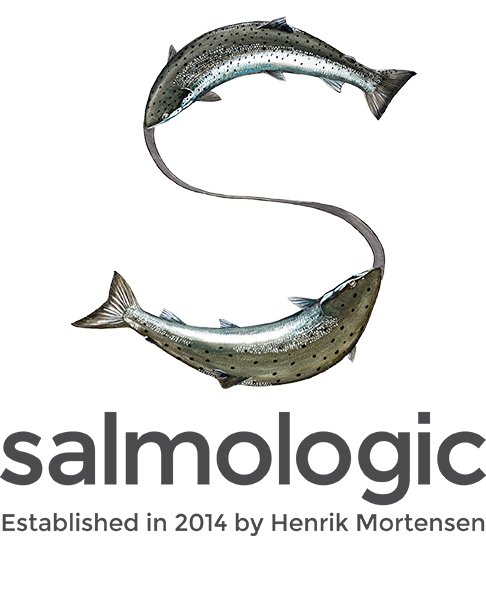


 When I see the profiles of my flies in the water, I believe in them and I have learned how to fish them, which transforms my mind into a state where I become the fly seeking the fish – not just the fly caster sending the fly out over the water, hoping for something to bite it.
When I see the profiles of my flies in the water, I believe in them and I have learned how to fish them, which transforms my mind into a state where I become the fly seeking the fish – not just the fly caster sending the fly out over the water, hoping for something to bite it.